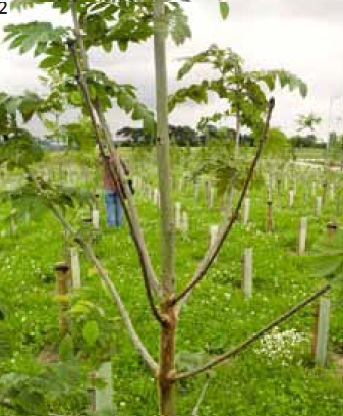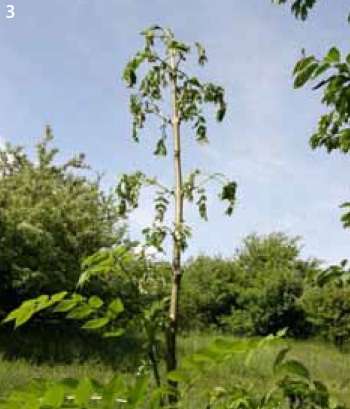We have received a further update from the Forestry Commission concerning the worrying outbreak of Charala.
Plant health authorities across the United Kingdom have stepped up their efforts to tackle a new disease of ash trees.
Work to combat Chalara dieback of ash has been under way for some months. The Forestry Commission and the Food & Environment Research Agency (Fera) are now following up confirmed cases in trees in East Anglia which do not appear to be associated with recent plantings of nursery-supplied plants.
The UK Government is also preparing to impose restrictions on imports and movements of ash plants and seeds into and within Great Britain. These could come into force as early as next week. Meanwhile the Horticultural Trade Association has also encouraged its members to voluntarily stop importing ash plants until the disease situation has been clarified.
Chalara dieback of ash, caused by the fungus Chalara fraxinea, was found in the UK for the first time earlier this year in young ash plants in nurseries and recently planted sites in England and Scotland, including a car park, a college campus, and a recently planted new woodland. Dr John Morgan, Head of the Forestry Commission’s Plant Health Service, said,
“We and our colleagues in the Fera, the Scottish Government and the Northern Ireland Forest Service have stepped up our efforts to tackle this disease as a priority. This includes redeploying Forestry Commission staff from their usual duties to survey woods and forests in East Anglia and throughout Great Britain.”
The cases of Chalara dieback outside recent planting sites in East Anglia were confirmed by Fera scientists, and Dr Morgan said,
“Scientists from our own Forest Research agency are also carrying out diagnostic tests on a number of other samples from established woodland trees in East Anglia with symptoms indicative of this disease, and we expect the results within a few days.
“It is still early days and investigations are continuing, but there is a possibility that the East Anglia outbreak is an isolated one which has been present for some time. This emphasises the importance of preventing spread further afield.
“Although forest managers and tree professionals are well aware of what to look for, we are getting very few reports of problems with ash trees. However, we would repeat our advice to use the information on our website, inspect their trees again, and report any suspect trees.
“The Commission already has a wealth of information about the distribution and health of Britain’s trees, and we will be doing more to visit woods with ash trees to assess their condition. As part of prioritising this disease, we will shortly be releasing interim results on tree health from the National Forest Inventory to help provide a picture of the overall health of ash trees across Britain.
“As we gather more evidence from surveys we will be able to develop our long-term strategy for dealing with this disease.”
As a precaution until the situation becomes clearer, the Commission is suspending the planting of ash trees in the public forests it manages, and Dr Morgan added,
“Until we know the full situation, this is a sensible precaution to take against the possibility that young plants might pick up infection after they have been planted.”
Meanwhile, the deadline for submission of comments in a government consultation on a Pest Risk Analysis for C. fraxinea falls this Friday, 26 October, and Dr Morgan said,
“I encourage anyone who has not yet done so to study the analysis and submit their comments. I can give an assurance that all comments received will be considered in any policy decisions taken.”
If most of the comments received endorse the approach, the UK Government is expected to quickly pass legislation temporarily restricting imports and movements of ash plants into and within Great Britain to minimise the risk of further accidental introductions of the disease into areas which are currently disease-free.
Further information, including a pictorial guide to symptoms, is available at www.forestry.gov.uk/chalara.

